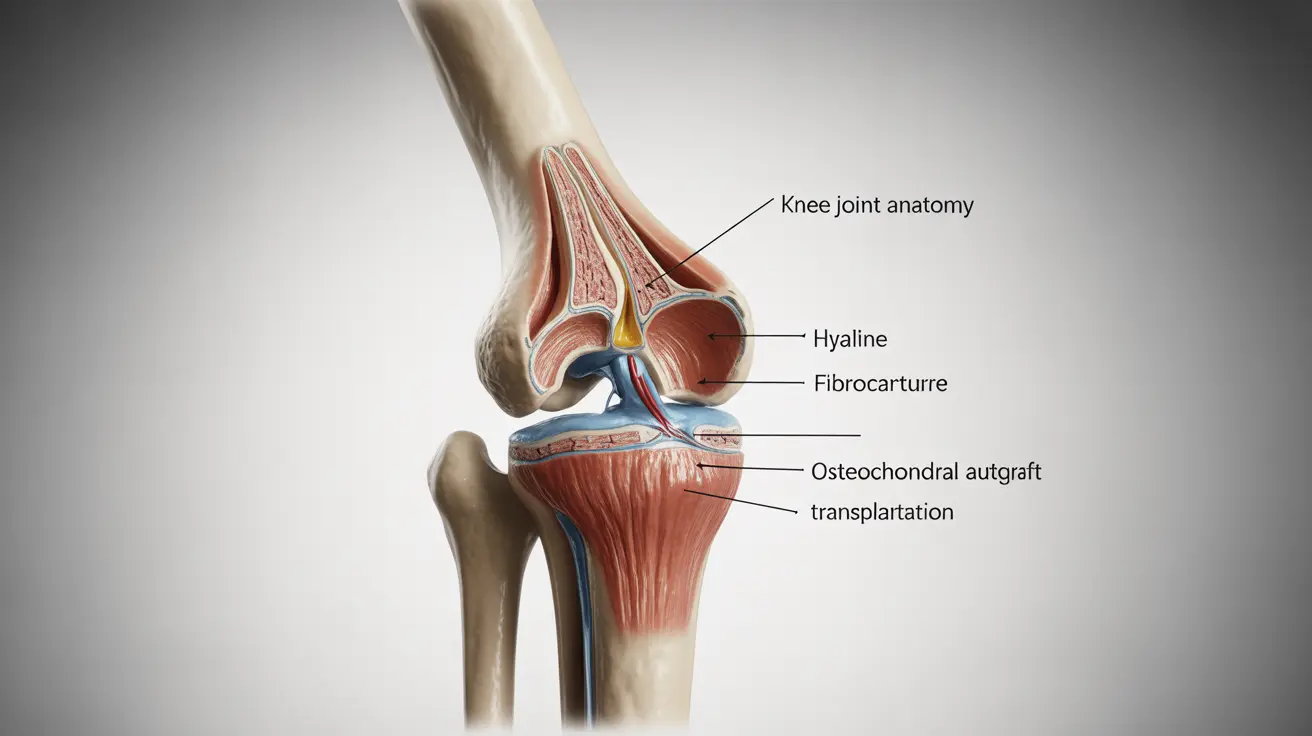Globally, alcoholism is a leading cause of morbidity and contributes to a range of social issues, including family problems, workplace accidents, and public health resources strain. Understanding its far-reaching impact is crucial for addressing the personal and societal challenges it presents.
Understanding Alcoholism
Alcohol Use Disorder (AUD) is a medical condition characterized by an impaired ability to stop or control alcohol use despite adverse social, occupational, or health consequences. It encompasses a spectrum of severity:
- Mild: Characterized by a pattern of drinking that leads to some impairment or distress.
- Moderate: Increased number and severity of symptoms leading to notable functional impairment.
- Severe: Involves a greater number of symptoms, more frequent drinking, and significant impairment or distress.
The disorder affects individuals both psychologically and physically:
Psychological Aspects:
- Cravings: A strong need or urge to drink.
- Loss of Control: Inability to limit drinking on any given occasion.
- Dependence: Prioritizing alcohol over other activities and obligations.
Physical Aspects:
- Tolerance: Needing more alcohol to feel its effects.
- Withdrawal Symptoms: Experiencing withdrawal when not drinking, which can include tremors, insomnia, nausea, and anxiety.
- Health Complications: Long-term abuse can lead to liver disease, cardiovascular problems, and neurological damage.
Understanding AUD is critical for recognizing the need for treatment and support. It's a condition that progressively worsens over time but can be managed with the right interventions, leading to recovery and improved quality of life.
Recognizing the Symptoms of Alcoholism
Recognizing the symptoms of alcoholism is key to seeking help and intervention. Symptoms can manifest behaviorally, physically, and emotionally:
Behavioral Signs:
- Social Withdrawal: Decreased participation in social activities or hobbies once enjoyed.
- Neglect of Responsibilities: Failing to meet obligations at work, school, or home due to drinking.
- Risky Behavior: Engaging in dangerous activities while drinking, such as driving.
Physical Symptoms:
- Tolerance: The need to consume more alcohol to achieve the same effect.
- Withdrawal: Experiencing symptoms like shaking, sweating, and nausea when not drinking.
- Cravings: Strong desires to drink that override other needs.
Emotional Symptoms:
- Mood Swings: Rapid emotional changes without apparent cause.
- Irritability: Quick to frustration or anger, especially when confronted about alcohol use.
- Secrecy: Hiding drinking habits or lying about the amount consumed.
These symptoms can vary in intensity and may not all be present in every individual. However, the presence of any combination of these signs warrants a closer look and possibly a professional assessment. Alcoholism affects not just the drinker but also their family, friends, and community, making awareness and recognition all the more critical.
Risk Factors and Causes
Alcoholism is a complex condition with various contributing factors. Understanding the risk factors and causes is essential for prevention and treatment:
Genetic Predisposition and Family History:
- Studies suggest a genetic component, with a higher risk among those with a family history of alcoholism.
- Specific genetic markers may influence the likelihood of developing AUD.
Psychological Factors:
- Stress: Chronic stress can lead to self-medication with alcohol.
- Trauma: Past traumatic experiences, especially if untreated, can increase dependence on alcohol.
- Mental Health Disorders: Conditions like depression, anxiety, and bipolar disorder are often co-morbid with alcoholism.
Social and Environmental Factors:
- Peer Pressure: Especially in younger individuals, the influence of peers can contribute to the development of unhealthy drinking patterns.
- Accessibility: Easy access to alcohol can facilitate regular consumption and potential abuse.
- Cultural Norms: Societal attitudes towards drinking can normalize excessive alcohol use.
Each of these factors can independently or synergistically increase the risk of alcoholism. While not everyone with these risk factors will develop AUD, they are important considerations in the overall understanding of the disorder. Recognizing these can aid in early intervention and support strategies to mitigate the risk.
The Role of Screening in Diagnosis
Early detection of Alcohol Use Disorder (AUD) is crucial for successful intervention and treatment. Screening plays a pivotal role in the diagnostic process:
Importance of Early Detection:
- Identifying AUD at an early stage can prevent the progression of the disorder and reduce the risk of long-term health complications.
- Early intervention can also mitigate the social and economic impacts associated with alcoholism.
Common Screening Tools and Questionnaires:
- AUDIT (Alcohol Use Disorders Identification Test): A comprehensive screening tool that assesses alcohol consumption, drinking behaviors, and alcohol-related problems.
- CAGE Questionnaire: A simpler tool that asks four questions related to the need to cut down, annoyance by criticism, guilty feeling, and eye-openers (drinking first thing in the morning).
These tools can be self-administered or conducted by a healthcare professional.
Self-assessment vs. Professional Evaluation:
- Self-assessment: Can be a first step in recognizing the possibility of AUD. It allows individuals to reflect on their drinking habits in private.
- Professional Evaluation: Involves a more thorough assessment by a healthcare provider, including a physical examination, lab tests, and a detailed discussion about drinking patterns and behaviors.
Screening for alcoholism is a sensitive but essential process that can lead to life-changing support and treatment for those struggling with alcohol use. Whether through self-assessment or professional evaluation, taking the step to screen for AUD is a move towards recovery and health.
Laboratory Tests for Alcoholism
Laboratory tests are integral in diagnosing alcoholism, providing objective data on the effects of alcohol on the body and confirming a pattern of excessive consumption:
Blood Tests:
- Liver Function Tests (LFTs): Assess damage to the liver, an organ particularly affected by alcohol; enzymes like AST and ALT are often elevated.
- Mean Corpuscular Volume (MCV): Often increased in chronic alcohol users due to the effect of alcohol on red blood cell production.
- Gamma-Glutamyl Transferase (GGT): An enzyme that, when elevated, can indicate heavy alcohol use and liver damage.
Biomarkers of Acute Alcohol Use:
- Ethanol: The presence of ethanol in the blood indicates recent alcohol consumption.
- Ethyl Glucuronide (EtG) and Ethyl Sulfate (EtS) Tests: These tests can detect alcohol use up to 80 hours after intake, even when ethanol is no longer present.
Biomarkers of Chronic Alcohol Use:
- Carbohydrate Deficient Transferrin (CDT): Elevated levels suggest heavy drinking over a two-week period.
- Phosphatidylethanol (PEth): A direct biomarker of alcohol that indicates long-term use and can provide a historical record of alcohol consumption.
These laboratory tests, when used in conjunction with clinical assessment and screening tools, offer a comprehensive picture of an individual's alcohol use. They are valuable for confirming a diagnosis, guiding treatment decisions, and monitoring recovery progress.
Interpreting Laboratory Results
Interpreting laboratory results for alcoholism involves a careful analysis of various biomarkers and their implications:
Indicators of Alcohol Consumption and Liver Damage:
- Elevated liver enzymes, such as AST and ALT, may indicate liver inflammation or damage from alcohol.
- High MCV values can suggest chronic alcohol use, as alcohol affects red blood cell production.
- GGT levels are sensitive to alcohol consumption and can indicate recent use and liver damage.
Significance of Biomarkers in Assessing Alcohol Intake:
- Biomarkers like EtG and EtS are useful for detecting recent alcohol intake, especially in situations where abstinence needs to be monitored.
- CDT and PEth are more reflective of long-term alcohol consumption and can help in assessing chronic use.
Limitations of Tests and the Importance of Comprehensive Assessment:
- No single test can diagnose alcoholism definitively; results must be interpreted in the context of clinical findings and patient history.
- Some biomarkers can be influenced by factors other than alcohol, such as medications or other liver diseases.
- A comprehensive assessment, including physical examination, patient history, and psychosocial evaluation, is essential for accurate diagnosis and treatment planning.
Understanding these results is crucial for healthcare providers to provide appropriate care, and for patients to grasp the seriousness of their condition and the impact of alcohol on their health.
Treatment Options
Treatment for alcoholism is multifaceted, addressing both the immediate effects of withdrawal and the long-term process of recovery:
Detoxification and Withdrawal Management:
- Medical Supervision: Detox should be conducted under medical supervision to manage withdrawal symptoms safely.
- Medications: Benzodiazepines may be used to reduce withdrawal symptoms like seizures and delirium tremens.
Long-term Treatment Strategies:
- Counseling: Individual or group therapy can address underlying psychological issues and teach coping strategies.
- Medication-Assisted Treatment (MAT): Medications like naltrexone, acamprosate, and disulfiram can help reduce cravings and discourage drinking.
- Integrated Treatment: For those with co-occurring mental health disorders, integrated treatment that addresses both issues is crucial.
Support Groups and Rehabilitation Programs:
- Support Groups: Organizations like Alcoholics Anonymous (AA) provide peer support and a framework for recovery.
- Rehabilitation Programs: Inpatient or outpatient rehab programs offer structured treatment and support.
- Aftercare Planning: Ongoing support post-rehabilitation to prevent relapse.
Each individual’s path to recovery is unique, and treatment plans should be tailored to fit their specific needs. The goal of these treatment options is not only to stop alcohol use but also to improve quality of life and functioning across personal and social spheres.
Recovery and Management
Recovery from alcoholism is a lifelong journey that involves significant lifestyle changes, coping strategies, and support systems:
The Journey of Recovery: What to Expect:
- Phases of Recovery: Initial detoxification, active treatment, and long-term maintenance.
- Challenges: Recognizing that setbacks can occur, and understanding they are part of the process.
Lifestyle Changes and Coping Strategies:
- Healthy Routines: Establishing a structured daily routine that includes time for work, rest, and hobbies.
- Stress Management: Learning and practicing stress-reduction techniques such as mindfulness, exercise, or hobbies.
- Avoiding Triggers: Identifying situations or emotions that trigger the urge to drink and developing strategies to deal with them.
The Role of Support Systems in Maintaining Sobriety:
- Family and Friends: Involving loved ones in the recovery process for emotional support and accountability.
- Support Groups: Participating in groups like Alcoholics Anonymous for peer support and shared experiences.
- Professional Help: Regular check-ins with addiction counselors or therapists to maintain focus on recovery goals.
Recovery is not a destination but a continuous path of personal growth and healing. With the right support and strategies, individuals recovering from alcoholism can achieve sustained sobriety and a fulfilling life.
If you or someone close to you is grappling with alcoholism, know that help is within reach. Take that brave step forward and seek assistance. Healthline.com offers a wealth of resources and a supportive community to guide you through this challenging time. Visit our Alcoholism Help Center for information on treatment options, support groups, and expert advice. Remember, acknowledging the need for help is a sign of strength, not weakness.




